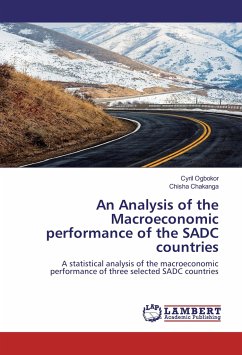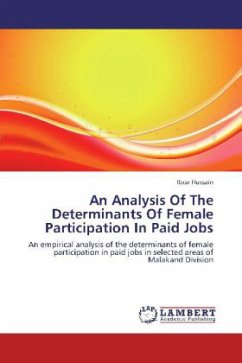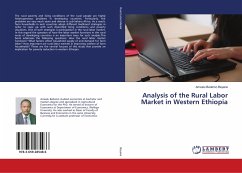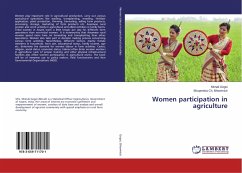Modellers choice on closure rules affects CGE model results and consequently its policy prescriptions. In this book the aim is to detect and assess this issue, both through a theoretical discussion and an empirical application. Starting from Amartya Sen s 1963 paper, literature presents many contributions on this topic. Currently, the closure rule problem is not central in the CGE debate. After a brief introduction on CGEs, their development and their structure, a series of simple maquette is presented. After theory, we move into the real World analyzing through different models (Neoclassical, Bastard Keynesian , and Structuralist/ Post- Keynesian), and through different closure rules for macro- aggregates (private, public and foreign savings) the impact of the Regional Trade Agreement of SADC with respect to the Mozambican economy. The analysis is performed using the GAMS/MPSGE software.
Bitte wählen Sie Ihr Anliegen aus.
Rechnungen
Retourenschein anfordern
Bestellstatus
Storno








